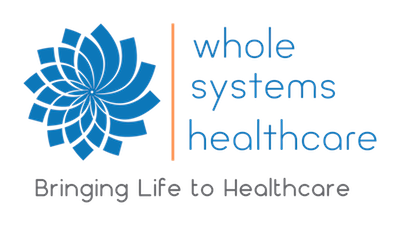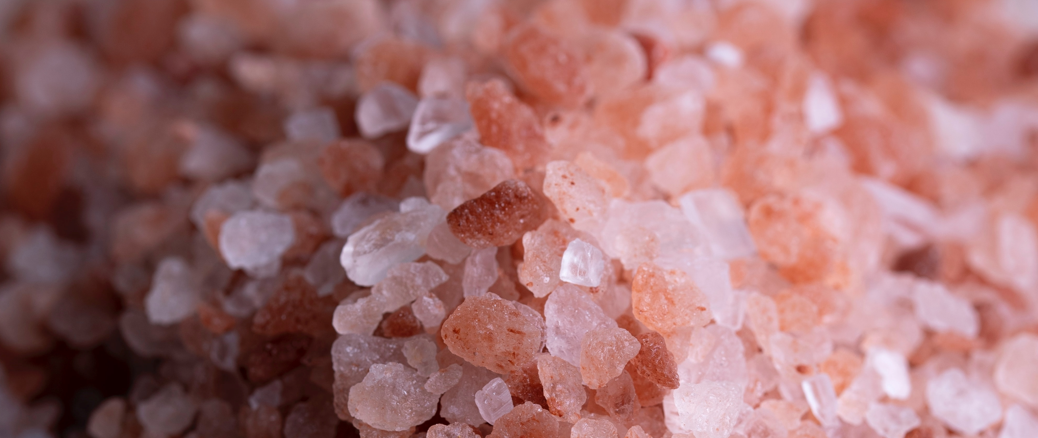Electrolytes are the minerals that contribute to maintaining an electric charge in our bodies. This electric charge is essential for life, and lets us do things. Nerve signals, muscle contraction, energy and ATP production, and many other body processes require this charge. These minerals are important for other functions as well, which we will see below.
Electrolytes in Western Physiology
The major minerals that act as electrolytes are calcium, magnesium, sodium, potassium, chloride, and phosphate. The first four ions carry a positive charge and the last two carry a negative charge. Carbonic acid is also a major negatively charged electrolyte but isn’t exactly a mineral, so we’ll leave it aside for now.
The positive ions are all required for proper nerve conduction, muscle contraction, and related functions such as heart rate, rhythm, and the dilation and contraction of blood vessels. Too little of these can lead to muscle cramping, tremors, and spasms; deficiencies can manifest in the nervous system as numbness and tingling of the extremities or seizures. Excess amounts in the blood can lead to flaccidity and muscle paralysis, as well as cognitive issues and digestive problems such as constipation, diarrhea, nausea, or vomiting.
These minerals are regulated primarily by the kidney and adrenal system. The kidneys help maintain electrolyte levels in the blood by either releasing and reabsorbing them during the filtration process that produces urine. The adrenals, and the kidneys as well, also produce a number of different hormones that regulate mineral and water balance.
Electrolytes need to be balanced with each other. The obvious balance is between positive and negative ions, but the various positive ions need to be balanced as well. If magnesium is low it can lead to low calcium levels, even if the person is getting enough calcium in the diet. Hormones that regulate sodium and potassium levels can cause the kidneys to retain sodium at the expense of potassium, or the other way around. Sodium and potassium balance is also essential for maintaining the electric potential of cell membranes.
Electrolytes in Chinese Physiology
Electrolytes point towards a relationship between the Earth (Spleen and Stomach) and Water (Kidney and Bladder) phase-elements. All nutrients by definition must come from the diet, and thus are part of Spleen/Stomach (SP/ST) qi. However, electrolytes are primarily regulated by the Kidney organ network and correlate more closely with the Kidney than the Spleen. The role that the physical kidney and adrenal glands play in the regulation of mineral and fluid balance is reflected in the function of the Chinese Medicine Kidney.
All of these minerals play an important role in the physical substance of the body. Calcium and phosphorus are both required for bone density, as they exist together in a mineral called hydroxyapatite that is the dominant mineral in bone. Magnesium is also required for proper bone structure, as well as being part of cell membranes and chromosomes. Sodium is the major mineral that helps the body hold onto water. Water and bone regulation both belong to the Kidney, as compared with Earth which deals more with the flesh and soft tissues; thus these minerals are more closely tied to the Kidney in Chinese Medicine. That these minerals make our fluids salty is also a sign of their connection to the Kidney system, as the Kidney is correlated more with salt water than fresh water (which is more associated with the Lung).
The role that sodium and potassium play in maintaining the cell membrane potential is also reminiscent of Kidney function, particularly in its role as a shaoyin organ. Shaoyin is the inner pivot that maintains the tension and connection between yin and yang at a fundamental level. One manifestation of this tension, or potential energy, is in the voltage difference between the inside and outside of a cell. Hyponatremia and hypokalemia (low levels of sodium and potassium) lead to signs of shaoyin disharmony, such as disorientation, fainting, decreased heart rate, delirium, and coma.
Minerals connect the pre-natal with the post-natal. Pre-natal essence is, at a material level, the amount and quality of nutrition (along with genetic and epigenetic information) that a mother is able to give to her child in the womb. Eating a diet high in these necessary minerals helps the baby to build strong bones, a wide jaw, and other signs of good pre-natal nutrition. This ties into the link between the Kidney system and pre-natal essence, as the Kidneys are responsible for storing this essence.
These minerals, being carried in the physical blood, also represent certain qualities of Blood in Chinese Medicine. The connection to Blood is seen in the signs of Liver Wind that occur when these minerals are out of balance: cramping, tremors, spasms, arrhythmias, and even seizures. This Wind can affect the digestive system, producing diarrhea, constipation, nausea, or vomiting; it can also affect the mind, producing confusion and delirium. This illustrates the relationship between the Kidney and Blood; as Water nourishes Wood in the generating cycle of the five phase-elements, Kidney essence contributes to the formation of Blood.
It is interesting to note that an excess of minerals in the blood typically results from kidney failure (though for sodium levels kidney failure more often leads to hyponatremia, not hypernatremia). This is analogous to Kidney qi and yang deficiency leading to water flooding upwards, with symptoms such as increased urination, diarrhea, lethargy, confusion, heart arrhythmias and palpitations, low blood pressure, and generalized muscle weakness or paralysis. This picture highlights the connection between the Water and Fire phases.
There are also some connections to the function of the Spleen. For example, calcium and magnesium are required for insulin production, and calcium is required for proper blood clotting, which keeps the blood in the vessels (a Spleen function). As a component of ATP phosphorus is necessary for energy production and metabolism, a major element of Spleen function. Potassium is also involved in energy generation as it is a required cofactor for pyruvate kinase, a key enzyme in carbohydrate metabolism.
Lessons Learned
Though we get many of our minerals from the food we eat, minerals also traditionally come from mineralized spring water. Mineral-rich spring water has been known around the world to possess healing properties, and we can see the connection here as elucidated by Chinese Medicine.
Minerals are one aspect of the root of the body, the structure that supports us and allows us to spring forth into life with vigor. They are associated with the Kidney organ system, both by their connection to jing essence and by their salty nature. They connect the Water phase with the formation of Blood, demonstrating important functions correlated with containing Liver wind. They also connect the Water to the Earth phase, demonstrating involvement with Spleen functions such as energy generation and blood clotting. Lastly, they have a regulating effect on the Heart, keeping the heart rhythm stable, and thus have a connection to the Fire phase as well.
Overall minerals represent one way in which Water and the Kidney connect to and support the other organ systems. Though this article focused primarily on the major ionic minerals in our bodies a case can be made that all minerals fall into this general category. Examining the properties of minerals such as iron, copper, and others shows similar roles for these elements, relating to the bones, and the Blood.
It is vital that we receive adequate amounts of these important minerals in our diets and in our water. One dietary supplement that I often recommend is a concentrated liquid trace mineral supplement that is low on sodium chloride but high in many of the other minerals we often lack in our food. Ask your holistic practitioner about minerals and see if increasing your mineral intake is a good idea.
References
- Linus Pauling Institute. Minerals. Oregon State University. https://lpi.oregonstate.edu/mic/minerals. Published 2020. Accessed July 26, 2019.
- Simon E, Hamrahian S, Teran F. Hyponatremia. Medscape. https://emedicine.medscape.com/article/242166-clinical. Published 2019. Accessed July 26, 2019.
- Lederer E, Alsauskas Z, Mackelaite L, Nayak V. Hypokalemia. Medscape. https://emedicine.medscape.com/article/242008-overview. Published 2018. Accessed July 26, 2019.
- Lukitsch I. Hypernatremia. Medscape. https://emedicine.medscape.com/article/241094-overview. Published 2018. Accessed July 26, 2019.



